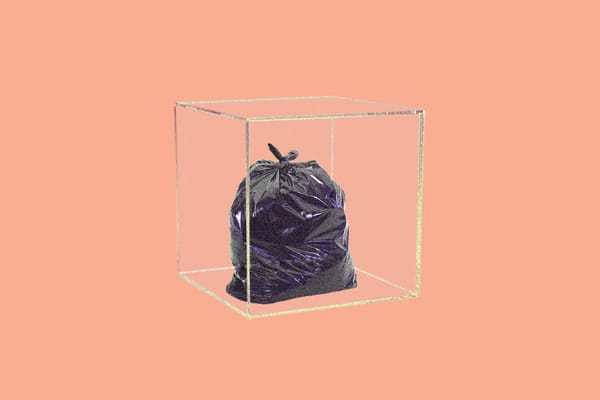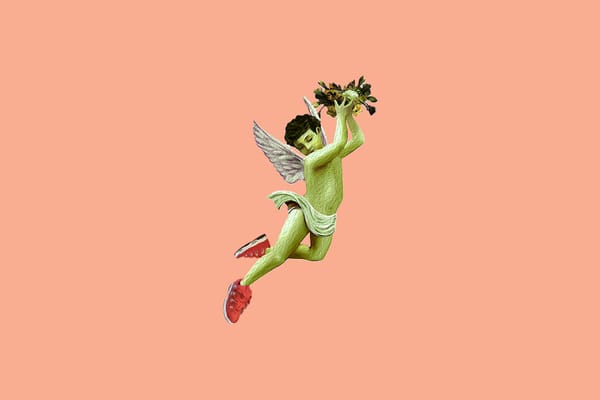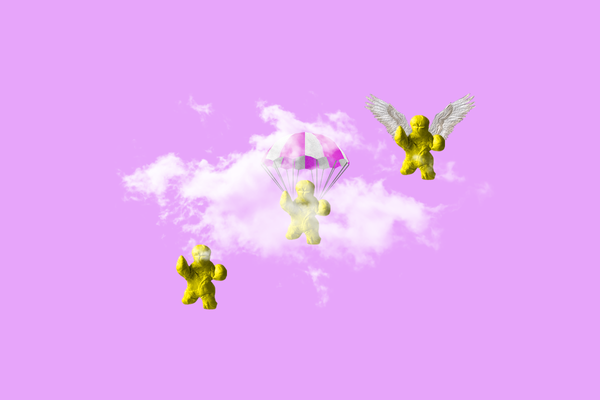Some great pleasure
What "Ryan Sheckler: Rolling Away" doesn't say.
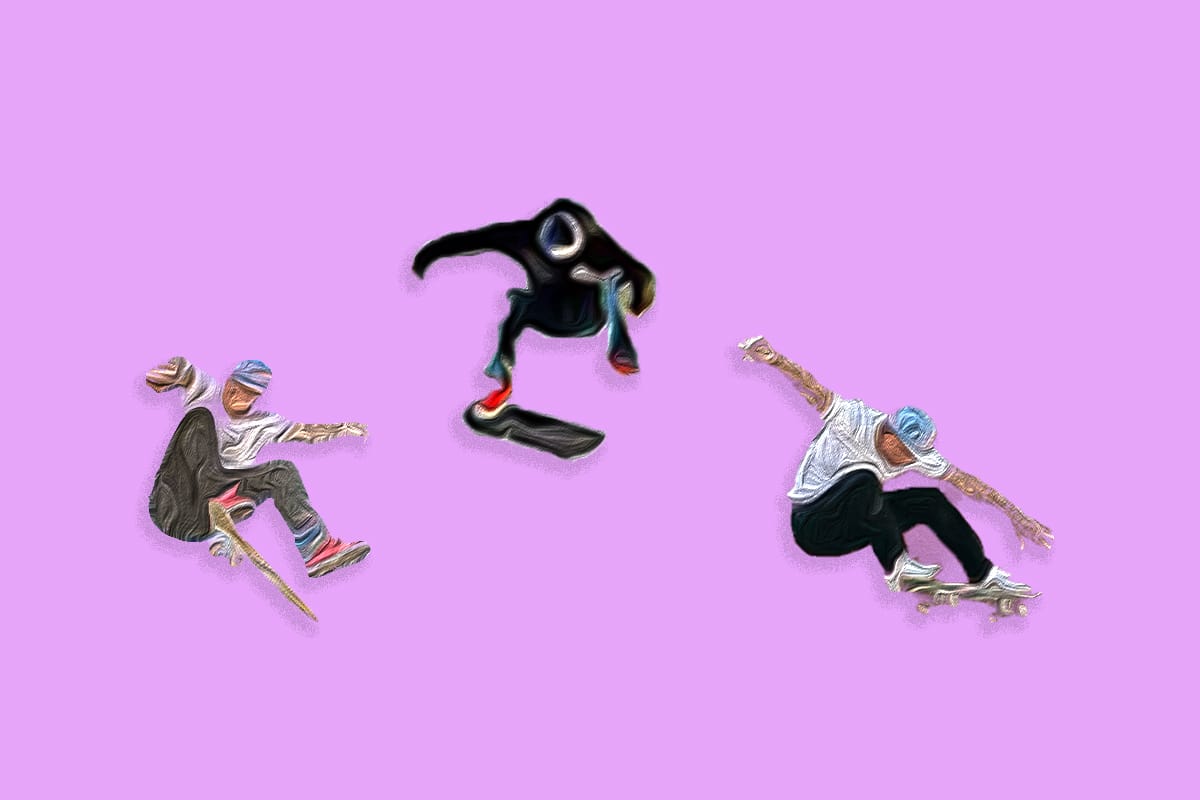
“Skateboarding is the best and worst thing that’s ever happened to me.” Ryan Sheckler says in the opening minutes of Ryan Sheckler: Rolling Away. The film, a self-declared “skateboard documentary,” follows its eponymous subject through the rigours of filming his latest video part Lifer. A three-year-long process that saw Sheckler rebound from serious injury, only to get seriously injured and recover again. Both projects are produced by his longtime sponsor, Red Bull.
With the latter in mind, it’s not surprising that Rolling Away doesn’t ever really explain why skateboarding is the best and worst thing that’s ever happened to Sheckler. Because this isn’t a documentary, it’s a piece of promotional material for an energy drink company. If we look at the film in this context, then Rolling Away is more or less succeeding at what it’s supposed to do: regurgitating the legitimately important and fascinating story of one of skateboarding’s biggest stars in the most anodyne way possible as a way to boost his dormant public profile before the release of his most significant video part in years. The execution of this marketing scheme is fascinating in its own right.
To watch Rolling Away is to witness an act of anti-storytelling. The film acknowledges a story and its beats but refuses to explore them beyond mentioning where the plot points lie in its narrative arc. This is also reflected in the promotion of this piece of promotional material.
“I’ve been skating for almost 31 years and now I’m 33 years old. It’s crazy to think about it that way, but that’s what Rolling Away and Lifer [are] all about. It’s the culmination of my journey with skateboarding and proof that it’s unlike any other sport.” Ryan Sheckler told Red Bull about his Red Bull-produced films. This blurb was then used in the “Ryan Sheckler: Rolling Away | Official Trailer” YouTube video description, which a number of different media outlets then copy and pasted into their promotional articles about the film.
Like Rolling Away, those words feign toward their subject without really saying anything at all. So what, if anything, is this film about?
The first 13 minutes of Rolling Away is a carousel of talking heads trading platitudes about the cultural importance of video parts and the inherently brutal, demanding, and mercurial nature of skateboarding itself.
“You have to love it, or else what the fuck are you doing it for?” The former head of Red Bull’s skateboarding division, Tom Curran, asks. “You either get hurt, or you’re going to get it. There’s no other option.” says Primitive Skateboards owner and professional skateboarder Paul Rodriguez. Professional skateboarding is “fighting concrete for a living,” opines professional skateboarder Geoff Rowley.
All of this serves to build up what we see next: Ryan Sheckler attempting to grind a massive kinked hubba ledge for a 2018 episode of “Face Melters,” a series on the defunct subscription-based video platform ETN. After getting close on previous attempts, Sheckler kicks out on another, landing awkwardly on the hubba’s adjoining stairs and collapsing in a heap at their base.
Once his screams of agony subside, Sheckler takes stock of the situation. “Okay, guys, that’s bad.” He’s right. A graphic appears on the screen listing the totality of his injuries: cracked left ankle, torn left ankle ligament, stretched right ankle tendon, a floating bone fragment (presumably in one of the ankles), and broken L1 vertebrae. It’s a catastrophic bail, one that would have far-reaching effects on a person’s physical and mental health, career, family, and more. You’d expect a documentary about a high-level professional athlete to take this on in great detail. But again, this is not a documentary. “I don’t really talk about this slam because it’s so traumatic,” Sheckler says. And he doesn’t. The most we get on the topic is a transitionary line read that moves us to the next scene.
“That day, that fall, was the catalyst for me to take a deep dive into myself.”
The film jumps into Sheckler’s past as a child star. Avril Lavigne’s “Sk8r Boi” plays over shots of a young Sheckler winning contests and flashing his braces in victory. But the timeline becomes truncated, confused, and pieces are missing. “Competing changed my life completely. It kinda made me a household name.” Sheckler says, before adding stiffly, “Among other things I decided to do that I got flack [for],” as the film cuts to his infamous “Double Pits to Chesty” Axe Deodorant Body Spray commercial.
However, that commercial came out in 2009. Sheckler won his first X Games gold medal in 2003. The “other things” Sheckler got flack for in the intervening years, but Rolling Away only references in passing with comments from Nora Vasconcellos and Gary Rogers, is Life of Ryan, his MTV reality show that first aired in 2007 and helped Sheckler break through and establish himself in the mainstream pop culture consciousness. Why this isn’t looked at more in-depth, or at all, isn’t clear. Life of Ryan is a defining part of his career and was a major source of the criticism he faced at the time.
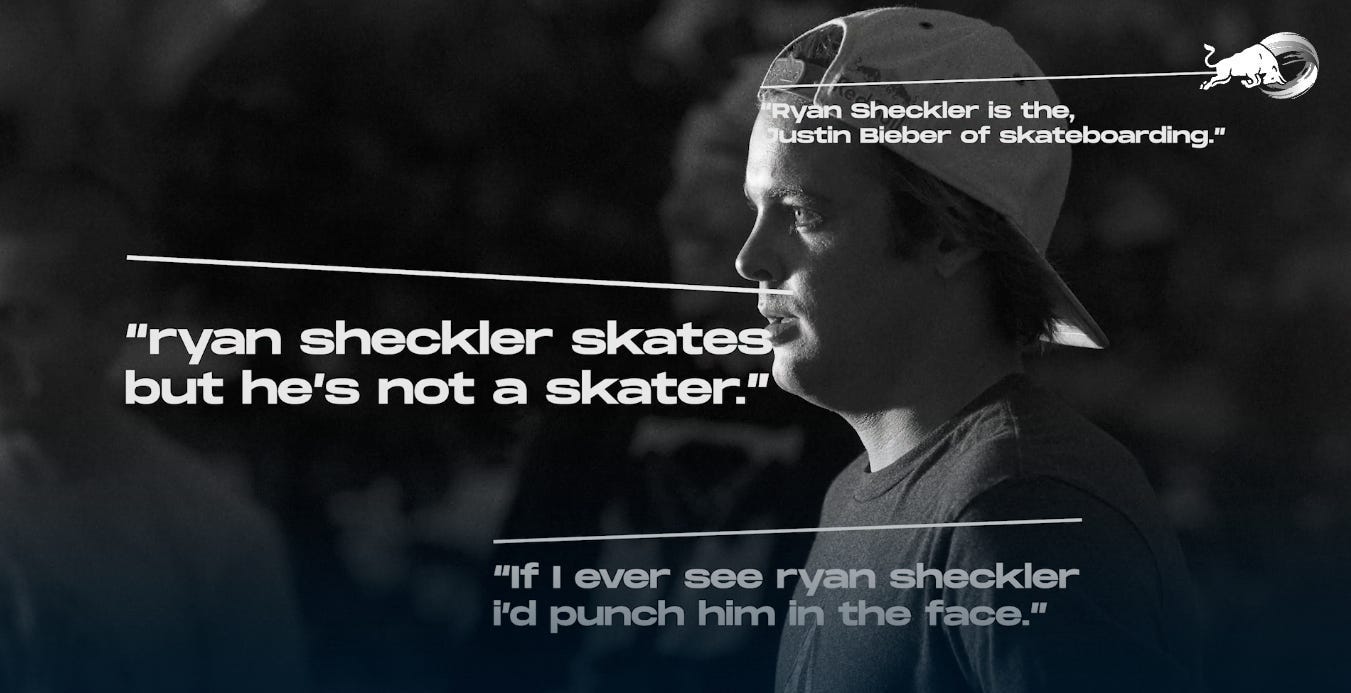
Criticism that Rolling Away shows us in the form of dramatic black and white images of Sheckler overlayed with mean quotes taken from the SLAP Messageboards and Skateboard City forums, many of them related to the reality show.
During this moment, X Games host Selema Masekela correctly observes, “The way skateboarding turned on him. The way skateboarding threw him away. It was almost like ‘he’s not one of us,’ was disgusting.” Tony Hawk, a person whose experience would be the most relevant and essential to mine in this context, offers the salient point that “The pressures of that [fame, success] are immense, and they really mess with you. It gets in your head. What resources did we have? No one had done that stuff.” Beyond those brief comments and Sheckler expressing confusion at the hate he received, the opportunity to explore fame’s effect on a person, especially a young one, is not taken.
Of course, this is expected if we remember what Rolling Away is. These real, consequential human moments are just an outline in a marketing brief. The stakes surrounding them are presented but never given meaning because we need to move on, as we’ve reached the redemption arc where Sheckler sticks it to the haters by letting his skating do the talking with a pair of conveniently-branded career accomplishments that presumably earned the respect of even his harshest critics.
First, there’s the Thrasher Magazine “Bust or Bail” event at Bernal Heights that Sheckler won while prominently wearing a Red Bull hat. Then we see Sheckler’s death-defying Costco gap kickflip, which was the ender to Plan B Skateboard’s Superfuture promo, in which he is wearing a large Red Bull-branded long sleeve. However, both of those moments took place in 2008 (Rolling Away incorrectly labels “Bust or Bail” as taking place in 2009), a year before the release of the “Double Pits to Chesty” commercial, which the film had previously posited as one of the things Sheckler received “flack” for and would eventually achieve some vague sort of redemption from by… doing the tricks he’d already done at Bernal Heights and the Costco gap?
It’s a confusing mess of moments that ends as quickly as it began, as the timeline jumps to some eleven years later, during the filming of the 2019 Red Bull video YOU GOOD? Sheckler has an incredibly productive trip to Taiwan and caps it off by riding away from an absurd taildrop into a bank in the middle of a freeway. The backstory behind the trick leads to a genuine feel-good moment, but to arrive here, the film glosses over the extensive recovery period required for Sheckler to get back into skating shape following the devastating slam he took during the “Face Melters” episode. All Sheckler says about his recovery is that it took “a year and two months. Then it was on from there.”
Rolling Away’s final scenes focus on the filming of Lifer. Big tricks go down and things are looking up. Then Sheckler tears his ACL and we’re back at the bottom. We see him in surgery, a drill plunging into his flesh. A physical therapist comes on screen to tell us why the ACL is important. Klay Thomspon of the Golden State Warriors, who has also endured and recovered from similar potentially career-ending injuries, shows up to explain the dedication required to return to form. Sheckler then returns to form, and we get little insight into how or the struggle to do so. It just happens.
As the film winds down, Sheckler says that “There are enders, and then there are ender-enders,” before we watch him battle for his ender-ender in Lifer: a taildrop kickflip into the Civic Center sign in Encinitas, California. He eventually lands it. He hugs Geoff Rowley. He tells someone over FaceTime that his video part is done. Then Rolling Away is done, and it’s difficult to make sense of it.
On its surface, the film is a testament to the indomitable power of the human spirit, but we never see what’s motivating this particular human, who he really is, or why we should be invested beyond his name being Ryan Sheckler. There’s no mention of him becoming a father, his new board company, or even his faith, which plays a huge part in his life. So much so that he recently opened up his private skatepark to John Randall, the pastor of his church, Calvary South OC. There, they filmed a YouTube video titled “‘Time to Surrender’ | Testimony of Ryan Sheckler.” In the first minute (and then somewhat jarringly throughout), Sheckler implores the youth in the audience to follow the lord and says that since he took up the faith a few years back, it “100% changed my whole life.” (He also claims that the devil gave him a headache to throw him off his game the night the video takes place, but to each their own.)
Sheckler’s “testimony” reveals much more about him as a person than Rolling Away does. At one point, he says that he attempted the hubba ledge on “Face Melters” because he felt he’d “slipped off the radar of people in the skateboarding community, so I wanted to do something big,” putting himself at risk for a world that’s never fully embraced him. In the fallout of his injury, he fell back into drinking, suffered more injuries, and “was so broken… [and] felt that he had nothing left,” which is when his family brought him to a treatment facility. That’s where he found his faith and worked his way back to what one hopes is a happy, healthy life.
These are the critical, human moments Rolling Away skips over, making it feel less like a film about Ryan Sheckler and more about an opportunity to market an athlete sponsored by a billion-dollar energy drink conglomerate.
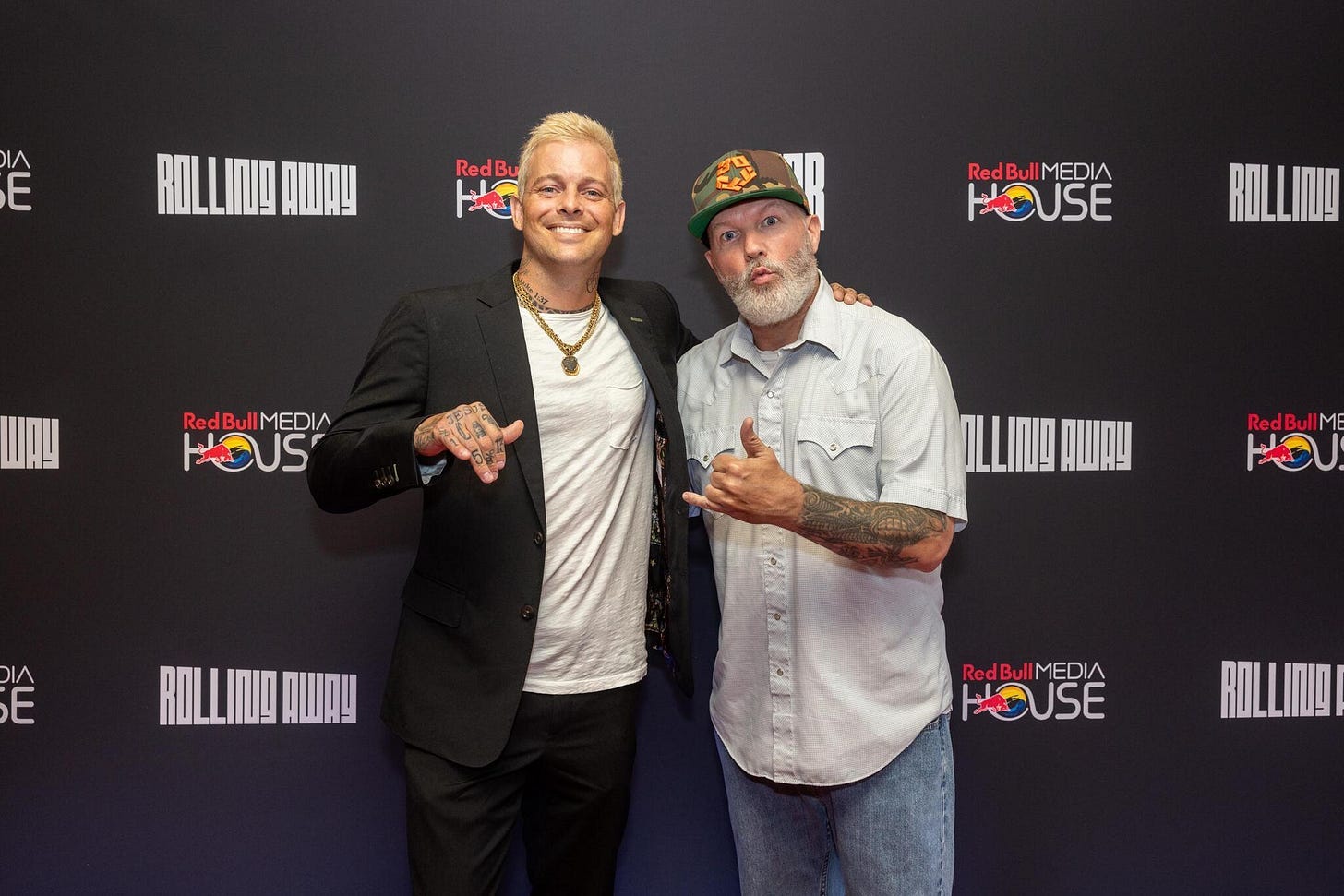
It’s at once polished and slapdash. It says it tells a story, yet it tells us nothing. At times, it doesn’t even have the plot points on its narrative arc in order. An overarching theme it tries to hammer home is that in skateboarding, pleasure and pain are intertwined and inescapable. However, it doesn’t explore how, why, or what effect that has on a person beyond seeing images of them smiling and laughing or sedated on an operating table.
It reminds me of writer and filmmaker Hito Steyerl’s lecture “The Terror of Total Dasein: Economies of Presence in the Art Field.” At one point, Steyerl, while speaking to “devices” and proxies that “help out with classic dilemmas arising from an economy of presence,” mentions Lorem Ipsum, the ubiquitous Latin placeholder text used in printers, word processors, and design programs. That text is actually a fragment from a treatise on ethics by the Roman philosopher Cicero called “On the Ends of Good and Evil.”
And this precise fragment deals with pain — or rather a shortened down version of it namely “(pa)in itself.”
Let's focus on the original sentence’s meaning. It reads: “Neque porro quisquam est qui dolorem ipsum quia dolor sit amet consectetur adipisci velit.” It means: “Neither is there anyone who loves, pursues or desires pain itself because it is pain, but there can be cases where labour and pain can procure some great pleasure.” So basically it is about sucking up for some greater good to arrive later. It is a classical case of deferred gratification, which would later constitute one of the moral pillars of the protestant work ethic of capitalism.
But what actually does the Lorem Ipsum version mean? It has been cut up to take away the gratification altogether.
It translates: “…in itself, because it is pain, but there can be cases where labour and pain can procure some great…”
The Lorem Ipsum version has blithely cut off pleasure or reward from Cicero’s sentence. There is no more gratification. So now you are not enduring pain for some greater good or thereafter but just enduring it without actually knowing why. There may just as well be no outcome, no product, no pay, no end. In Lorem Ipsum pain is not means to an end, it just so happens.
Similarly, by telling Sheckler’s story in shallow fragments or, in some cases, not all, Rolling Away has removed the gratification of its subject and, subsequently, its audience. By not fleshing out his history in any meaningful way — in the way it truly deserves — the pain he endures is not a means to an end, it just so happens.


